Running out of dill? Don't panic! Here are the top 10 best dill substitutes for any recipe, from fish to pickles to tzatziki. We've tested these swaps so you can find the perfect replacement in minutes.
| Use Case | Best Substitute | Second Best | Quick Tip |
|---|---|---|---|
| Salmon or Seafood | Fennel fronds | Tarragon | Use fresh for garnish; 1:1 ratio |
| Pickling & Brining | Dill seed | Caraway seeds | Use half the amount of dill seed vs. fresh dill |
| Tzatziki Sauce | Fresh mint | Parsley + lemon | Mint is traditional in Greek versions |
| Cream Sauces & Dressings | Tarragon | Chervil | Use 2/3 the amount of tarragon for freshness |
| General Cooking | Parsley + lemon | Basil | Add lemon juice for brightness |
Top 10 Substitutes for Dill Seasoning
1. Fennel Fronds
Fennel fronds are the best substitute for salmon and seafood dishes with their delicate anise flavor. Use fresh for garnish at a 1:1 ratio with dill.

2. Tarragon
Tarragon is the top choice for cream sauces and dressings with its sweet licorice notes. Use 2/3 the amount of tarragon vs. dill since it's more potent.
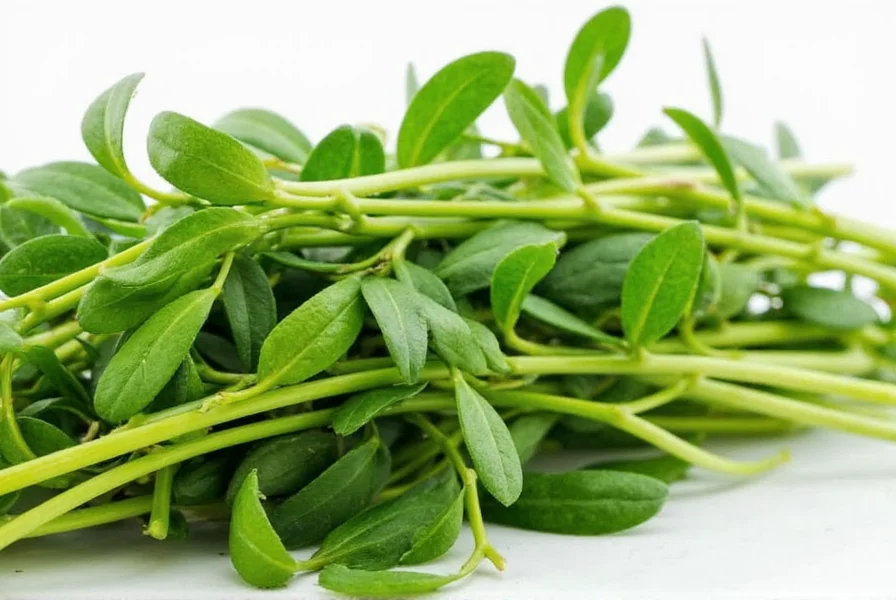
3. Dill Seed
For pickling, dill seed is the traditional substitute with concentrated flavor. Use half the amount of dill seed compared to fresh dill weed.
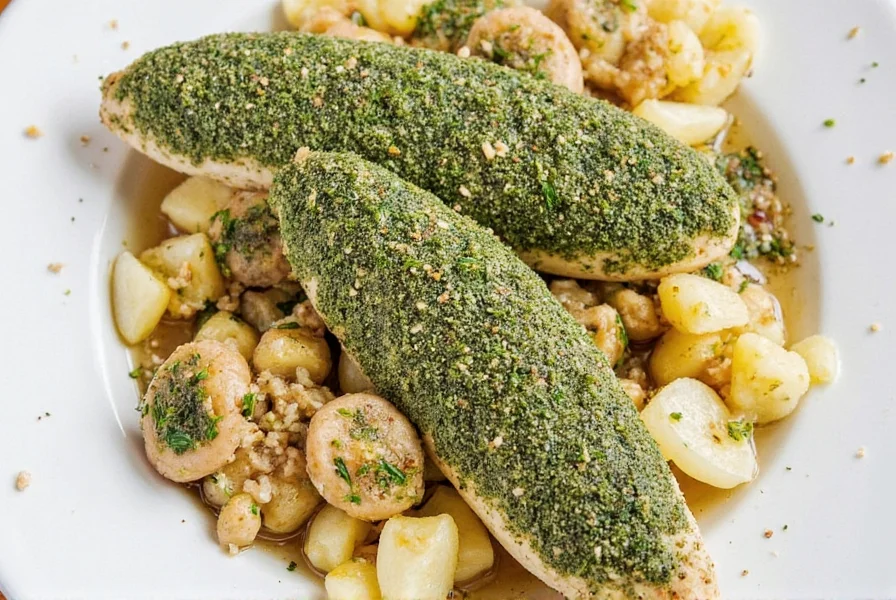
4. Fresh Mint
Mint is the authentic substitute for tzatziki sauce in Greek cuisine. It provides bright freshness without overpowering the yogurt base.
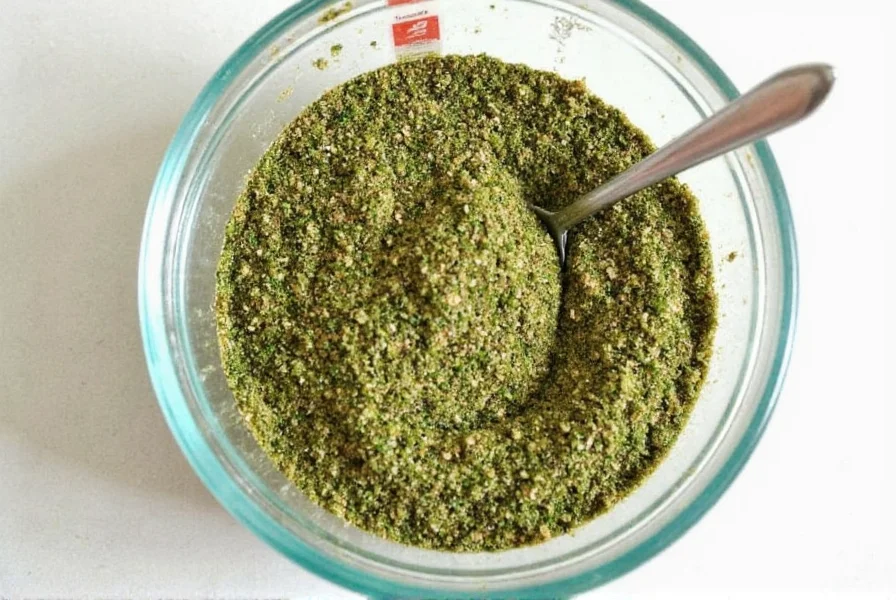
5. Parsley + Lemon
This universal substitute works for almost any dish. Add lemon juice to mimic dill's citrus notes. Perfect for salads and general cooking.
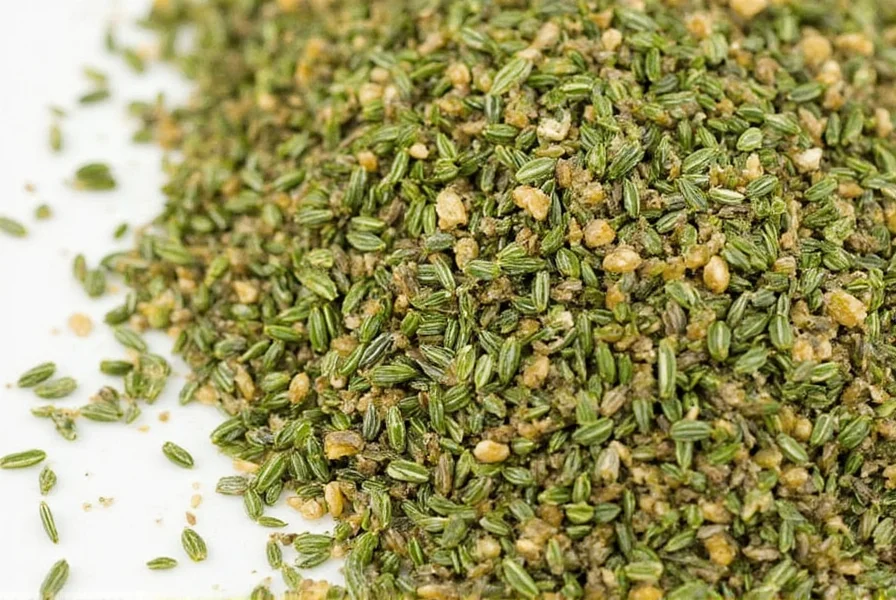
6. Chervil
Chervil's mild anise flavor makes it ideal for egg dishes and delicate sauces. Add at the end of cooking since it's fragile.

7. Caraway Seeds
Caraway provides earthy warmth for bread, stews, and sausage dishes. Use sparingly (1/4 tsp per serving) as it's potent.

8. Basil
Basil adds sweet peppery notes to summer salads and pasta dishes. Best when fresh; omit if anise flavor is critical.
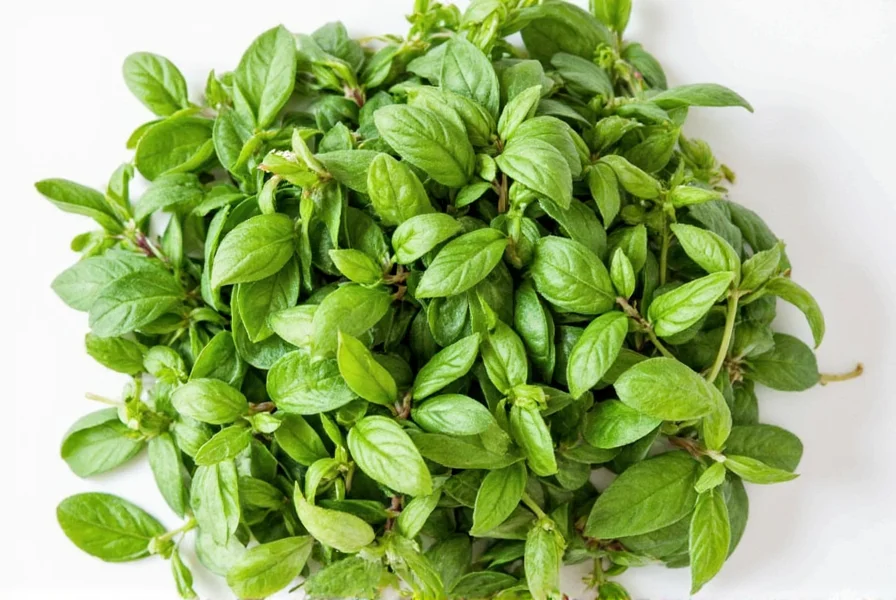
9. Lovage
Lovage offers celery-like savoriness for hearty soups and stews. Chop finely and use small amounts (1 tsp per serving).
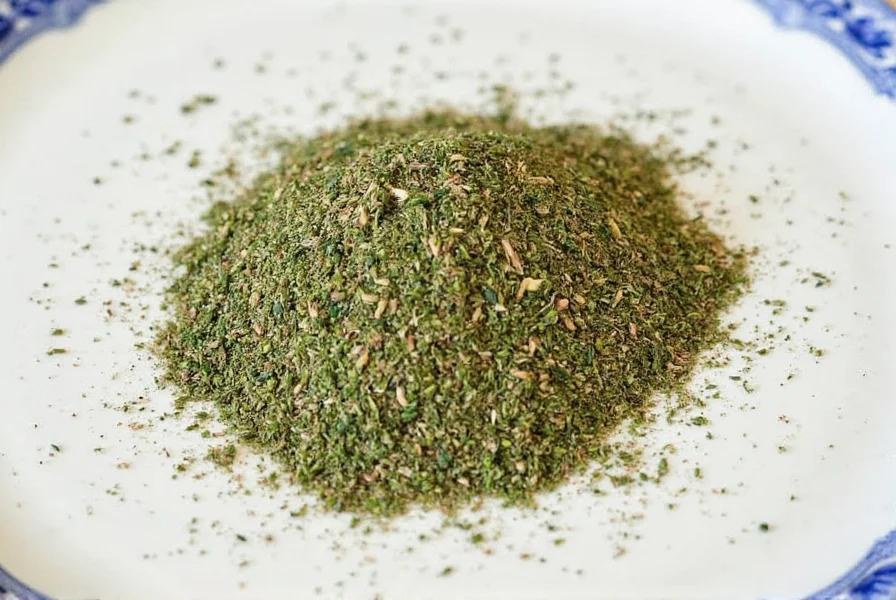
10. Anise Seed
Anise seed provides intense licorice for desserts and braised dishes. Crush 1-2 seeds per serving to avoid overpowering.
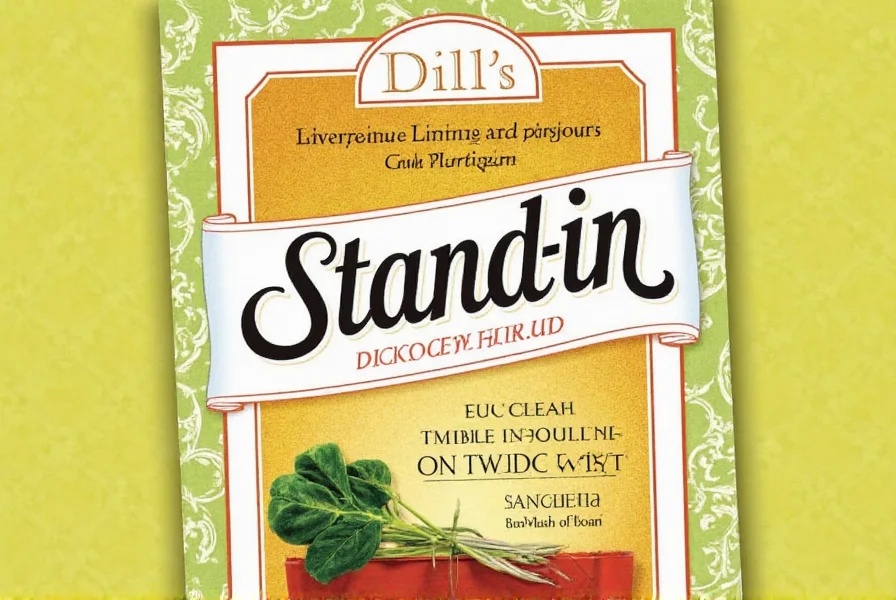
Frequently Asked Questions
What's the closest substitute for dill?
Tarragon is the closest match for dill's anise notes in sauces and dressings. For fish dishes, fennel fronds are superior. Use 2/3 the amount of tarragon since it's more potent.
Can I substitute dried dill for fresh dill?
Yes! 1 teaspoon dried dill = 1 tablespoon fresh dill. Dried has earthier notes, while fresh is brighter. For pickling, use dill seed instead of dried dill weed.
What's best for salmon instead of dill?
Fennel fronds are ideal for salmon—add fresh as a garnish. Tarragon works well in creamy sauces. For grilled salmon, parsley + lemon zest provides brightness without overpowering.
What replaces dill in tzatziki?
Fresh mint is the traditional Greek substitute. If unavailable, use parsley with a tiny bit of tarragon (1/4 tsp per cup of sauce). Avoid anise-heavy options like fennel.
Final Thoughts
Running out of dill doesn't mean compromising flavor. With these tested swaps, you can confidently substitute for any recipe. Remember: fresh herbs work best for delicate dishes, while seeds and dried herbs shine in pickling and slow-cooked meals. Keep these top 5 substitutes on hand (fennel, tarragon, mint, parsley, and dill seed) for instant kitchen solutions!

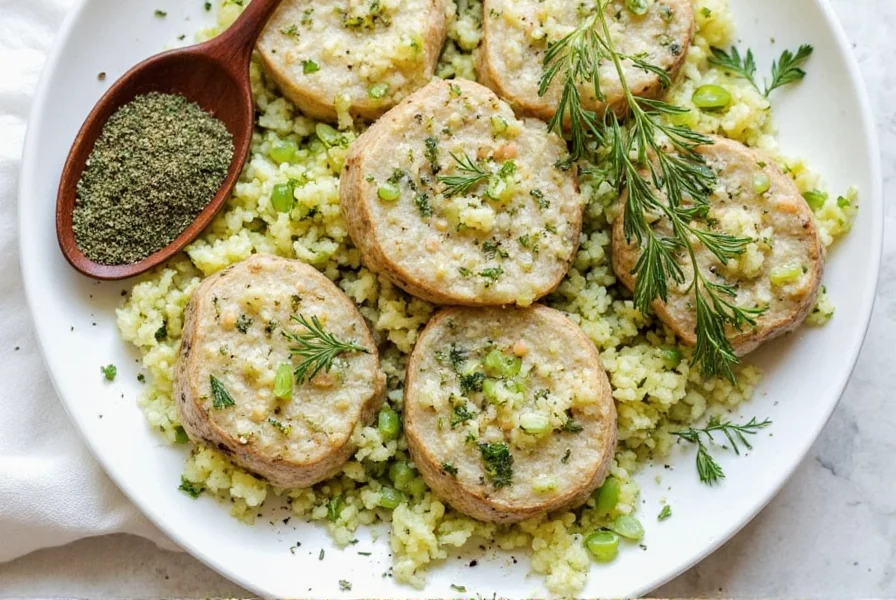









 浙公网安备
33010002000092号
浙公网安备
33010002000092号 浙B2-20120091-4
浙B2-20120091-4